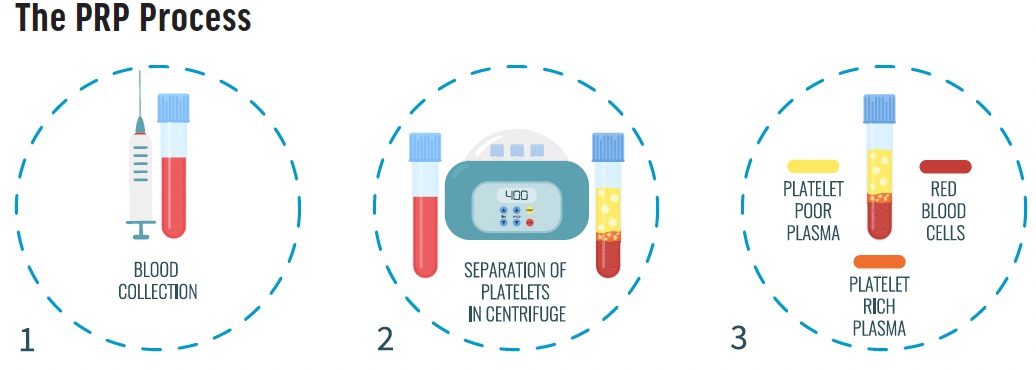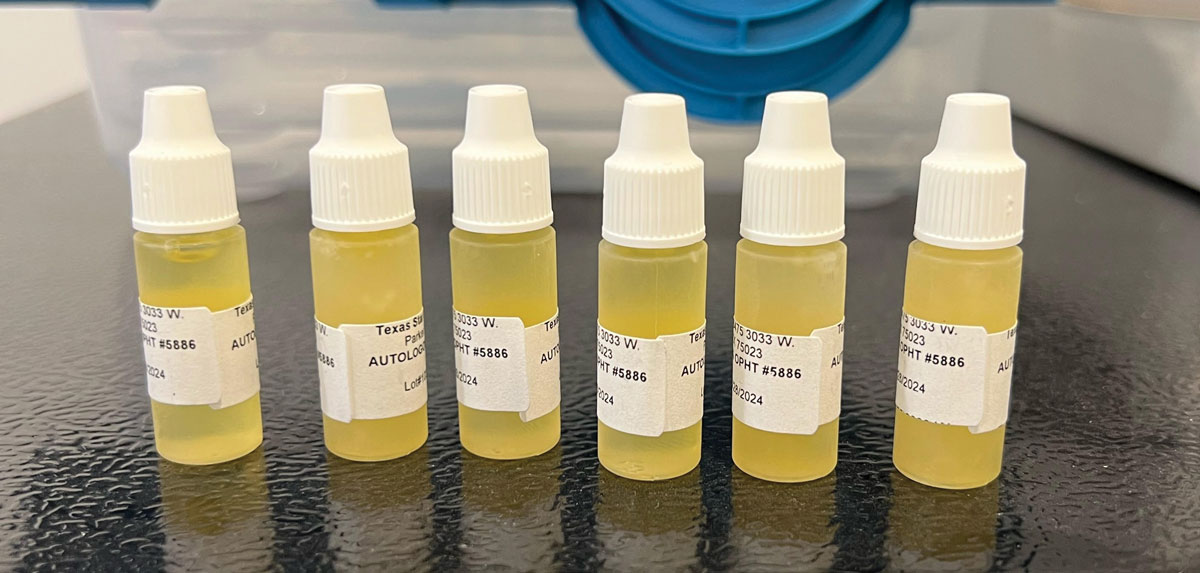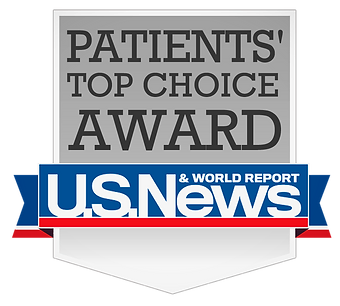Understanding the Benefits of PRP and Autologous Serum Eye Drops for Dry Eye Treatment
Dry eye syndrome (DES) is a frustrating and persistent condition that affects daily activities and overall quality of life. While artificial tears, secretagogues, and anti-inflammatory eye drops are widely used, recent advancements offer promising results. Notably, autologous serum (AS) and platelet-rich plasma (PRP) eye drops have emerged as effective treatments.
What Are Autologous Serum Eye Drops?
Autologous serum eye drops are made from a patient’s own blood, which is processed to separate the serum. This serum is rich in nutrients, vitamins, and growth factors similar to natural tears, including vitamin A, immunoglobulin A, and epidermal growth factor (EGF). These components support epithelial healing and ocular surface health. AS eye drops act as a lubricant, supplying essential elements for ocular surface homeostasis. They are particularly beneficial for severe dry eye cases that do not respond to conventional treatments.

What Is Platelet-Rich Plasma (PRP)?
PRP, also derived from a patient’s blood, involves a more concentrated extraction of platelets and growth factors. During the preparation, blood is drawn and then centrifuged to isolate the platelet-rich plasma, which is then activated to release growth factors that promote healing. PRP contains higher concentrations of growth factors, including platelet-derived growth factor, EGF, and transforming growth factor-beta (TGF-β), which are pivotal for cell growth, collagen production, and tissue repair.
Benefits of PRP Eye Drops
PRP eye drops provide several advantages:
– High Concentration of Healing Factors: PRP contains 2.5 to 8 times the platelet concentration found in whole blood, making it a potent source of growth factors, cytokines, and bioactive molecules.
– Natural Healing: Using the patient’s own blood minimizes the risk of allergic reactions, and the growth factors promote epithelial proliferation, reduce inflammation, and stabilize the tear film.
– Pain Relief: PRP drops have shown effectiveness in reducing ocular pain associated with conditions like neurotrophic keratitis and post-LASIK dry eye.
– Wound Healing: The drops support the healing of corneal ulcers and reduce recurrent corneal erosions, making them ideal for more severe or treatment-resistant dry eye cases.
 Comparing PRP and Autologous Serum
Comparing PRP and Autologous Serum
While both PRP and autologous serum eye drops are derived from the patient’s blood, there are some key differences:
– Growth Factor Concentration: PRP has a significantly higher concentration of growth factors compared to autologous serum, making it more effective for tissue regeneration and wound healing.
– Inflammatory Cytokines: Autologous serum may contain higher levels of proinflammatory cytokines, which can be problematic for patients with autoimmune conditions. In contrast, PRP offers a more balanced cytokine profile.
– Preparation and Cost: PRP requires specialized equipment and trained personnel, which can lead to higher costs. Autologous serum, however, is easier to prepare and can often be compounded in pharmacies, offering a more cost-effective option.
Clinical Evidence
Research on PRP has shown significant improvements in symptoms of dry eye, tear film stability, and corneal healing. A study in the *American Journal of Ophthalmology* reported notable benefits in patients using PRP eye drops. However, larger studies are needed to further establish its long-term efficacy.
Autologous serum eye drops have been extensively studied, demonstrating effectiveness in reducing ocular surface inflammation and improving symptoms in patients with dry eye syndrome. Multiple clinical trials have supported their use, making them a well-established treatment option.
Conclusion
For patients suffering from dry eye syndrome, both autologous serum and PRP eye drops offer promising solutions beyond conventional treatments. PRP, with its higher concentration of healing factors, may be particularly beneficial for those with severe or treatment-resistant dry eye conditions, while autologous serum provides a more accessible and cost-effective option for others.
It’s important to consult with an ophthalmologist to determine the most suitable treatment based on individual needs and condition severity. By leveraging these advanced therapies, patients can achieve improved ocular health and a better quality of life.
For more information or to schedule a consultation, contact our office today. We are here to support your eye health journey!







